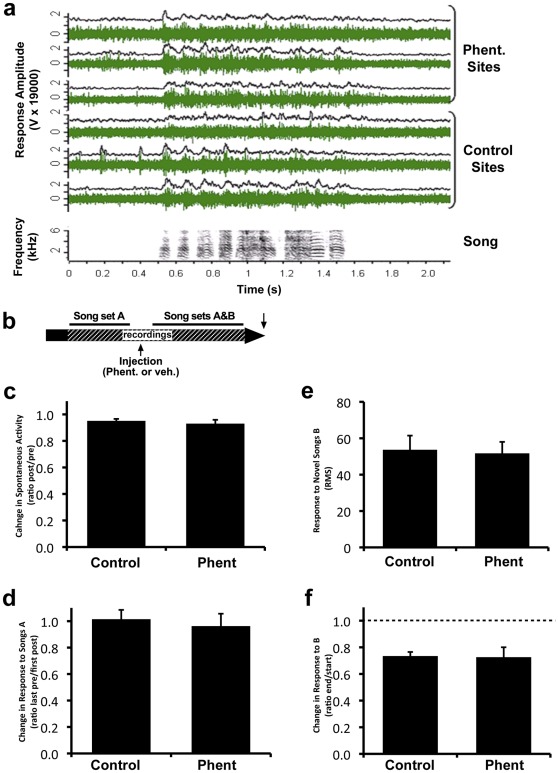Figure 4. Alpha-adrenergic blockade does not affect short-term responses in NCM.
a) Representative responses to a song stimulus shown as raw multi-unit activity (green), and as RMS (black, 20 ms bins) for 6 simultaneously recorded sites (3 in the phentolamine hemisphere, 3 in the control hemisphere). b) Schematic representation of the experimental design for short-term adaptation: initial playback of songs from set A followed by phentolamine injection and then playback of songs from both sets A and B in shuffled order; dashed bar indicates the period of recordings. c) The change in NCM spontaneous activity is plotted as the ratio of activity recorded before phentolamine injection to activity during injection for both the control and phentolamine-injected hemispheres. A ratio of 1 indicates no change. d) The change in response amplitude to songs in set A from the end of training to the beginning of testing after drug injection is plotted as a ratio for both control and phentolamine-injected hemispheres. A ratio of 1 indicates no change. e) Response amplitude to songs in set B when novel during drug injection is shown for both control and phentolamine-injected hemispheres. f) Change in response to songs in set B when novel and when familiar after training during phentolamine injection is plotted as a ratio for both control and phentolamine-injected hemispheres. Similar adaptation (ratio <1, dotted line) is seen in both hemispheres.

